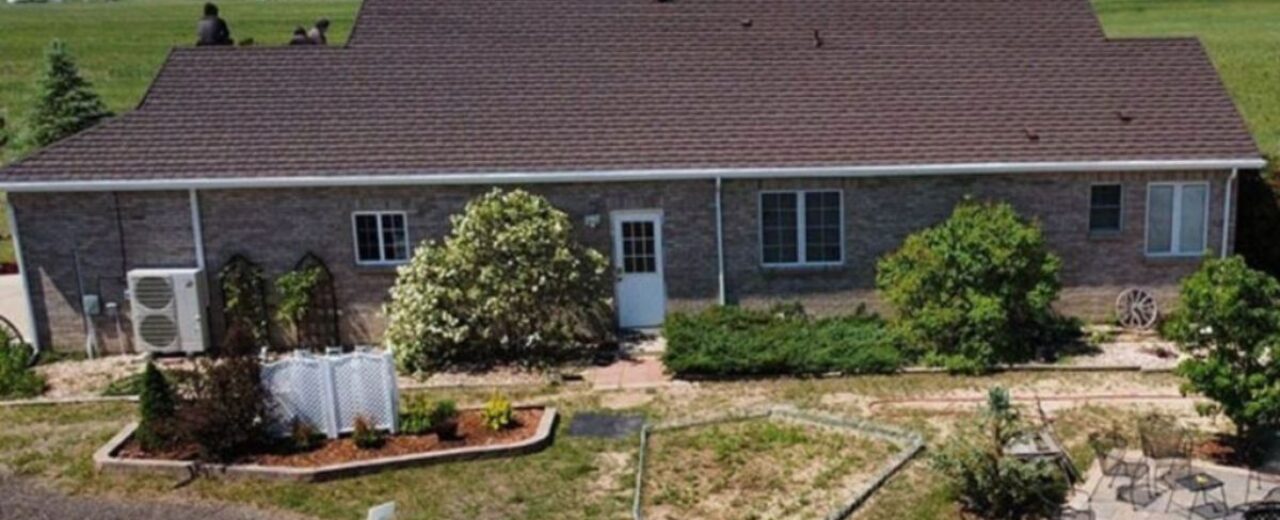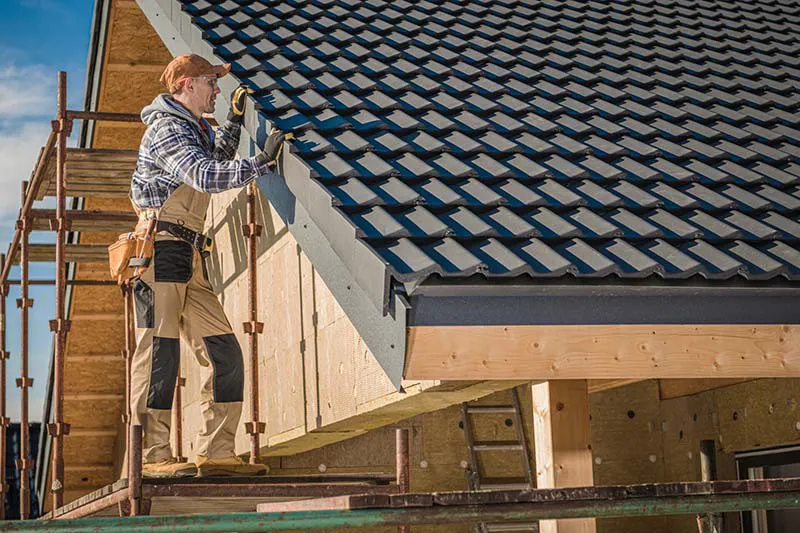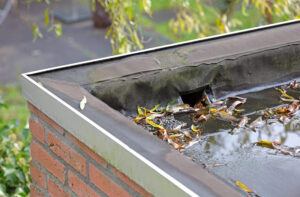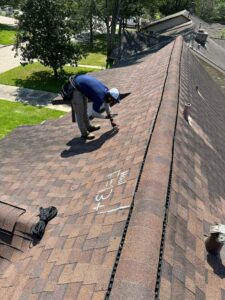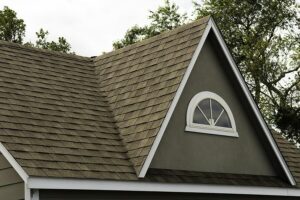The intermountain west gets a fair amount of severe weather, and we get it often enough that as a homeowner you should know the signs of residential roofing storm damage. Knowing what to look for can help you understand what your roof is going through, as well as when it may need some maintenance. Remember that when your roofing system needs service, you should work with a trusted, local roofer.
Common Signs Of Residential Roofing Storm Damage
While there are countless signs of residential roofing storm damage, these are often considered the most common, or most prevalent signs.
Missing Shingles
Shingles are one of the most common roofing materials, but in most cases, they can only handle winds of up to 60 mph. Once the wind speed reaches this point, the shingles are at a far greater risk of wind damage. These are often called “straight line” winds, to separate them from tornadic activity.
Cracked or peeling shingles are the ones most at risk of being lost, but any shingles subjected to the conditions of the storm can be permanently damaged or lost. Most roofing manufacturers have coverage in their warranty for storm damage, but in some cases, they do not.
Granule & Grit Loss
One of the indicators is that your shingles are being moved and contacting other surfaces, which is a solid reason that they may need to be replaced sooner rather than later. Granules are lost as the shingle seal is broken while they flap in the wind.
The grit can often be seen on the roof as missing in horizontal lines. This horizontal orientation is indicative of storm damage. To keep an eye on your shingles shedding their granules, watch the area beneath your downspouts, as shed grit will often pile up there in small sandy deposits.
Signs of Residential Roofing Storm Damage: Visible Moisture
Once there is a leak, the water will continue to enter the building during rain events. Eventually, they will become visible and will begin to create damage inside the home. In most cases, this means that there is damage to not only the shingles but the underlayment as well.
The first sign that you may see in the home is discoloration at the tops of the walls or on the ceiling. Some homeowners will attempt to prime or paint over this discoloration, but if it is due to water damage it will continue to resurface. Eventually, the discoloration may advance to drywall and plaster damage, and even mold.
Seeing Storm Debris
Another strong indicator that your roofing has been going through some tough times, is if you have had recent storms produce any storm debris around your home. Seeing yard waste blown around, downed branches, disrupted outdoor furniture, and more can indicate that your roof has done some serious protection recently.
Clean up the debris as soon as possible, and be sure to remove any leaves, twigs, or branches from your roof. The presence of debris on your roof will prevent it from properly drying. Spots of remaining moisture could end up penetrating the roof barrier to infiltrating the home.
Clogged Gutters
Another sign that your roofing has been through a few storms, is having gutters that are clogged with storm debris like leaves and twigs. Ensure that your gutters and downspouts can quickly and efficiently route water away from the roof during times of heavy rain.
Reverse The Signs Of Residential Roofing Storm Damage
There are many other signs that your roof has withstood some storm damage, but many of them will only be apparent to a professional roofing inspector. If you believe your roof has been damaged recently, reach out to The Roofing Center for information on getting your roof inspected and potentially having insurance cover any needed repairs.

